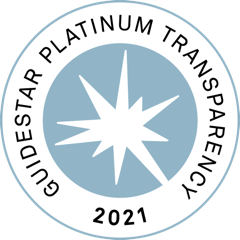ASCO 2019: Venetoclax Updates with Mike Thompson, MD, PhD, Advocate Aurora Health

Venetoclax is the first drug that was determined to work for a specific type of genetic feature found in multiple myeloma patients called the 11;14 translocation. This means that part of chromosome 11 has swapped places with parts of chromosome 14 on the myeloma cells. This is the most common translocation found in myeloma patients (20% of patients) and is found to be a standard risk feature. Venetoclax works as a BCL-2 inhibitor and other relapsed or refractory myeloma patients can respond to it as well.
In a Phase 1/2 study (ECOG-ACRIN EAA172), researchers compared daratumumab/bortezomib/dex with daratumumab/bortezomb/dex/venetoclax. In these early studies, safety and dosing are always the goal. This study went on clinical hold (meaning it could not recruit new patients) because of data that came out in a separate study using venetoclax with bortezomib and dex (the BELLINI trial).
Combination therapy with daratumumab and bortezomib (DVd) has become a standard of care in relapsed/refractory myeloma and the hypothesis is that adding venetoclax could improve outcomes, especially for the t(11;14) patients.
In the Phase II study, 240 patients will be included with 1/3 of patients having t(11;14) and 2/3 of patients having no t(11;14). Investigators are looking forward to the continuation and results of this study.
Venetoclax is the first drug that was determined to work for a specific type of genetic feature found in multiple myeloma patients called the 11;14 translocation. This means that part of chromosome 11 has swapped places with parts of chromosome 14 on the myeloma cells. This is the most common translocation found in myeloma patients (20% of patients) and is found to be a standard risk feature. Venetoclax works as a BCL-2 inhibitor and other relapsed or refractory myeloma patients can respond to it as well.
In a Phase 1/2 study (ECOG-ACRIN EAA172), researchers compared daratumumab/bortezomib/dex with daratumumab/bortezomb/dex/venetoclax. In these early studies, safety and dosing are always the goal. This study went on clinical hold (meaning it could not recruit new patients) because of data that came out in a separate study using venetoclax with bortezomib and dex (the BELLINI trial).
Combination therapy with daratumumab and bortezomib (DVd) has become a standard of care in relapsed/refractory myeloma and the hypothesis is that adding venetoclax could improve outcomes, especially for the t(11;14) patients.
In the Phase II study, 240 patients will be included with 1/3 of patients having t(11;14) and 2/3 of patients having no t(11;14). Investigators are looking forward to the continuation and results of this study.
about the author
Jennifer Ahlstrom
Myeloma survivor, patient advocate, wife, mom of 6. Believer that patients can contribute to cures by joining HealthTree Cure Hub and joining clinical research. Founder and CEO of HealthTree Foundation.
More on Treatment Advances
Trending Articles




Get the Latest Multiple Myeloma Updates, Delivered to You.
By subscribing to the HealthTree newsletter, you'll receive the latest research, treatment updates, and expert insights to help you navigate your health.















